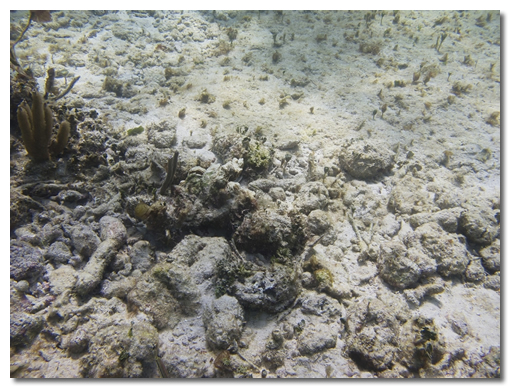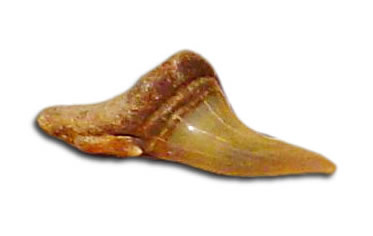You might be surprised to hear that some shark teeth are actually fossils from millions of years ago. In fact, every tooth from a megalodon and any other now extinct shark species went through a fossilization process. This allowed the tooth to withstand the weathering effects of the ocean current for millions of years. To learn more about how shark teeth are fossilized, keep reading and we’ll reveal the steps to nature’s own preservation system.
Natural Shark Teeth vs Fossils

Shark teeth generally fall into one of two categories – natural teeth which haven’t undergone the fossilization process yet, and those which have. If a shark tooth hasn’t been fossilized yet, it will typically remain a white or off-white color until it does. Fossilized teeth generally take on a broader range of colors such as black, brown, tan, gray and white.
As you can expect, fossilized shark teeth typically experience greater wear and weathering around the serrations and edges. When a tooth first comes out of a shark’s mouth, it’s razor sharp and capable of drawing blood if you handle it the wrong way. Although there are some fossilized shark teeth that are in still in pristine condition after millions of years, most of them have noticeable wear around the edges.
How Shark Teeth Are Fossilized
Now let’s take a look at how exactly shark teeth are fossilized. Depending on the species, sharks can go through as many as 50,000 or more teeth in their lifetime. If you’ve ever seen a shark’s jaw before, you’ll notice how they have rows upon rows of sharp, jagged teeth. When one of these teeth fall out, it usually goes to the bottom of the ocean floor and is replaced by a new one. When the tooth is on the ocean floor, sandy sediments slowly begin to cover and encapsulate it. Over time, these sediments slowly begin to replace the natural material (calcium phosphate) inside the shark tooth as it fossilized. The color of a fossilized shark tooth depends on the color of the sediments which surrounded it. If the sediments were gray, the tooth will be fossilized in the same gray color.

It’s important to note shark teeth are only fossilized when they are embedded and completely covered by sedimentary rock. When this occurs, the tooth is protected from the decaying effects of oxygen and bacteria present in the water. If a tooth falls to an area of the ocean floor where there are no sediments, it will slowly deteriorate away into nothing.
So just how long does it take for a shark tooth to fossilize? While there’s no way of knowing for sure, many scientists believe that a shark tooth must be covered in sediments for roughly 10,000 years before it’s completely fossilized. Remember, though, some fossilized shark teeth date back several million years ago. The prehistoric ocean king, the megalodon, roamed Earth’s oceans up until 1.5 million years ago. This means any fossilized megalodon teeth you come across are at least that old, which is quite impressive!